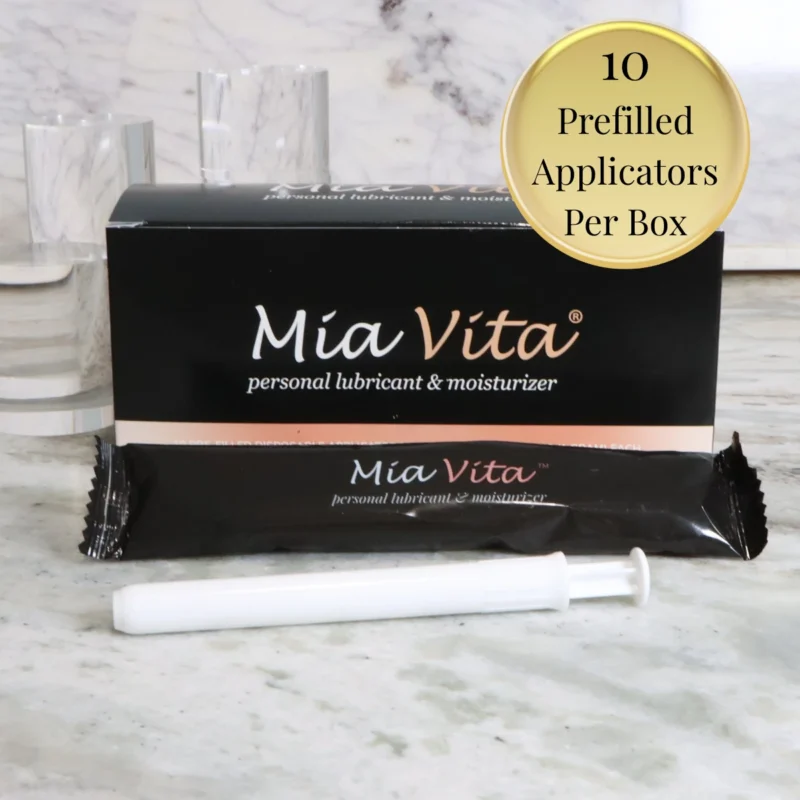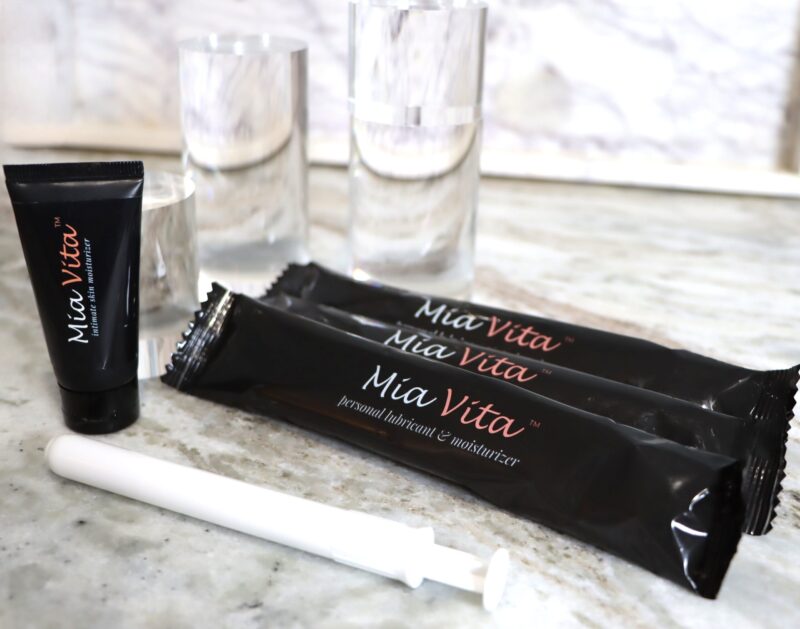Among all the changes women expect to encounter throughout the menopause transition, a decline in the quality of one’s sex life can come as a surprise. Hormonal imbalances during menopause tend to decrease sexual arousal, which can understandably cause female sexual arousal disorder. But this does not mean women must sign up for a less-than-satisfactory sex life as they age.
More often than not, multiple factors contribute to low arousal, many of which fall under a diagnosis of female sexual arousal/interest disorder (FSIAD). Someone with FSIAD must meet specific criteria to receive a diagnosis. However, it’s not always straightforward—especially for women undergoing menopause. Finding out whether you have FSIAD, either perimenopause or postmenopause, allows you to receive proper treatment, identify practical ways to boost your libido, and find sex pleasurable once again.
What Is Female Sexual Interest/Arousal Disorder (FSIAD)?
Arousal refers to your body’s readiness for sex. Your outer genitalia or vulva, including your labia majora, minora, and clitoris, swell due to increased blood flow, and your vagina produces clear discharge to aid in lubrication. You may also hear people talk about low sexual arousal as having a ‘low libido.’
For a woman to feel aroused, she must often meet a specific combination of mental, emotional, and physical criteria. This includes enough foreplay and comfortability with a sexual partner. Any disruption to one can interfere with a woman’s ability to become aroused. Conditions like diabetes and multiple sclerosis, medications like antidepressants, and low hormone levels can also inhibit the body’s sexual response.
The latest edition of the Diagnostic and Statistical Manual of Mental Disorders (DSM-V), an authoritative handbook used to diagnose mental health conditions, combines lack of sexual desire and arousal into one overarching condition: female sexual interest/arousal disorder (FSIAD). However, such a combination has sparked much debate. Many healthcare providers and researchers still view physical arousal and sexual desire as distinct conditions and argue the criteria to diagnose FSIAD are too subjective.
What are the symptoms of sexual interest/arousal disorder?
That said, the DSM-V defines FSIAD as “a lack of, or significantly reduced, sexual interest/arousal.” To meet the criteria for FSIAD, you must experience at least three out of six symptoms, including:
- Low to no interest in sexual activity
- Low to no sexual thoughts
- Low to no initiation of sex
- Low to no sexual excitement or pleasure
- Low to no sexual arousal, even with external cues
- Low to no genital sensation
These symptoms must last for at least six months, and you must experience high levels of emotional distress over a lack of sexual arousal/interest before you can qualify for a diagnosis of FSIAD. The DSM-V also requires a mental health professional to determine whether it’s a newly acquired symptom or lifelong and whether low arousal/interest is only present in particular or all sexual encounters.
Can it be diagnosed during menopause?
A significant number of women report low to no interest or desire for sex throughout the menopause transition. When you enter perimenopause, your estrogen levels begin to decline. Estrogen helps increase blood flow to your outer genitalia and keeps your vulva lubricated. Without sufficient estrogen, your vulva becomes less elastic and more dry, and you may experience pain associated with sex (dyspareunia).
Each of these factors can also decrease your interest in sex and your ability to become aroused. One study confirmed that the more frequent and severe your symptoms are during the menopause transition, the more sexual problems you may develop. To qualify for a diagnosis of FSIAD during perimenopause or postmenopause, you must:
- Experience three of the six listed symptoms listed above
- Experience low interest/arousal for more than six months
- Feel distress about your inability to feel interest/arousal
How do you manage sexual interest/arousal disorder during menopause?
Feelings of shame rank as one of the primary reasons women avoid talking about sexual dysfunction with a healthcare provider. But there are two critical pieces of information to remember. First, low libido happens to many women during perimenopause and postmenopause. Second, it’s your healthcare provider’s job to help you navigate your changing body. That includes guidance and treatment to help you maintain a satisfying sex life. Quality sex is an indicator of your overall health and wellbeing, and must not be discounted—even postmenopause.
Lubricants & Moisturizers
Topical lubricants are a popular at-home treatment for low sexual interest/arousal and one of the most recommended for FSIAD, for good reason. Evidence shows that using a lubricant during sex can reduce vaginal dryness symptoms and improve your mental motivation for sex.
The Mia Vita Personal Lubricant and Vaginal Moisturizer can relieve vaginal and vulvar symptoms associated with the menopause transition to increase your comfort during sex. It comes with an easy-to-use applicator and contains ingredients like sodium hyaluronate and Vitamin E to help your vagina retain more moisture over time.
To get the most benefit, try to use the lubricant and vaginal moisturizer every day for 20-28 days, then every couple of days to maintain its benefits. Plus, perimenopausal and postmenopausal women who use lubrication report increased sexual desire, too.
Communication
Communicating your needs with your partner can also improve your libido. Talk about the need for longer foreplay and provide guidance about what feels good and what doesn’t. Stress-reduction practices like regular meditation and exercise can also increase arousal.
Undergoing menopause does not mean you must experience less arousal or throw in the towel on sex altogether. Experiment to find what works best to boost your arousal, and remember you can always bring questions or concerns to your healthcare provider.



